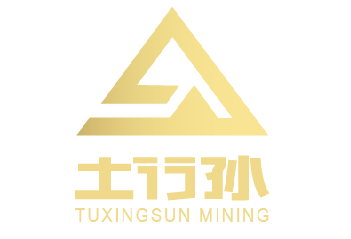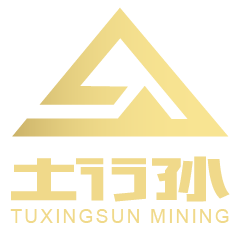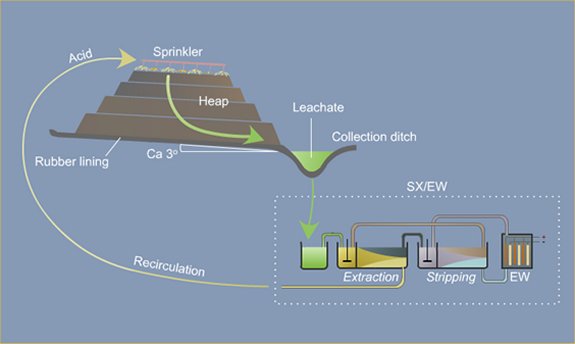What particle size range can the ore be directly cyanided after grinding?
Particle Size for Direct Cyanidation
The optimal particle size for direct cyanidation varies significantly based on the specific ore type, gold liberation characteristics, and desired recovery efficiency.
The fineness of the ore is closely related to the recovery rate. The optimal fineness varies for pool leaching, flotation, and carbon slurry. The degree of oxidation and the size of the gold also determine the fineness variation. In conclusion, different ores have different optimal processing methods.
However, a general guideline is that the ore should be ground to a sufficiently fine particle size to liberate the gold from its associated minerals. This typically falls within the range of -100 mesh to -200 mesh (equivalent to approximately 149 microns to 74 microns).
Key Factors Affecting Particle Size:
Gold liberation: The particle size should be fine enough to expose the gold particles to the cyanide solution.
Ore mineralogy: The type of minerals present in the ore will influence the grindability and liberation of gold.
Cyanide solution concentration and temperature: Higher concentrations and temperatures can sometimes allow for coarser grind sizes.
Metallurgical recovery target: The desired gold recovery level will determine the necessary grind size.
Energy consumption: Finer grinding requires more energy, so there's a trade-off between recovery and cost.
It's essential to conduct comprehensive metallurgical testing on a specific ore to determine the optimal particle size for cyanidation. This testing typically involves grinding the ore to different particle sizes and assessing gold recovery at each stage.
- Random article
- Popular articles
- Popular comments
- Tin ore gravity separation+roasting+magnetic separation+gravity beneficiation process
- Gold Ore Carbon Slurry Beneficiation Process
- Arsenic Gold Ore Wet Chemical Pretreatment Process
- Lithium ore combined beneficiation process
- Processing Lithium Ore: Artificial Selection, Gravity Separation, Flotation
- Lithium Ore Processing: Gravity Separation and Flotation
- Zirconium Ore Processing: Gravity, Magnetic, and Flotation Methods
















Leave a message with your needs or comments
Add comment: